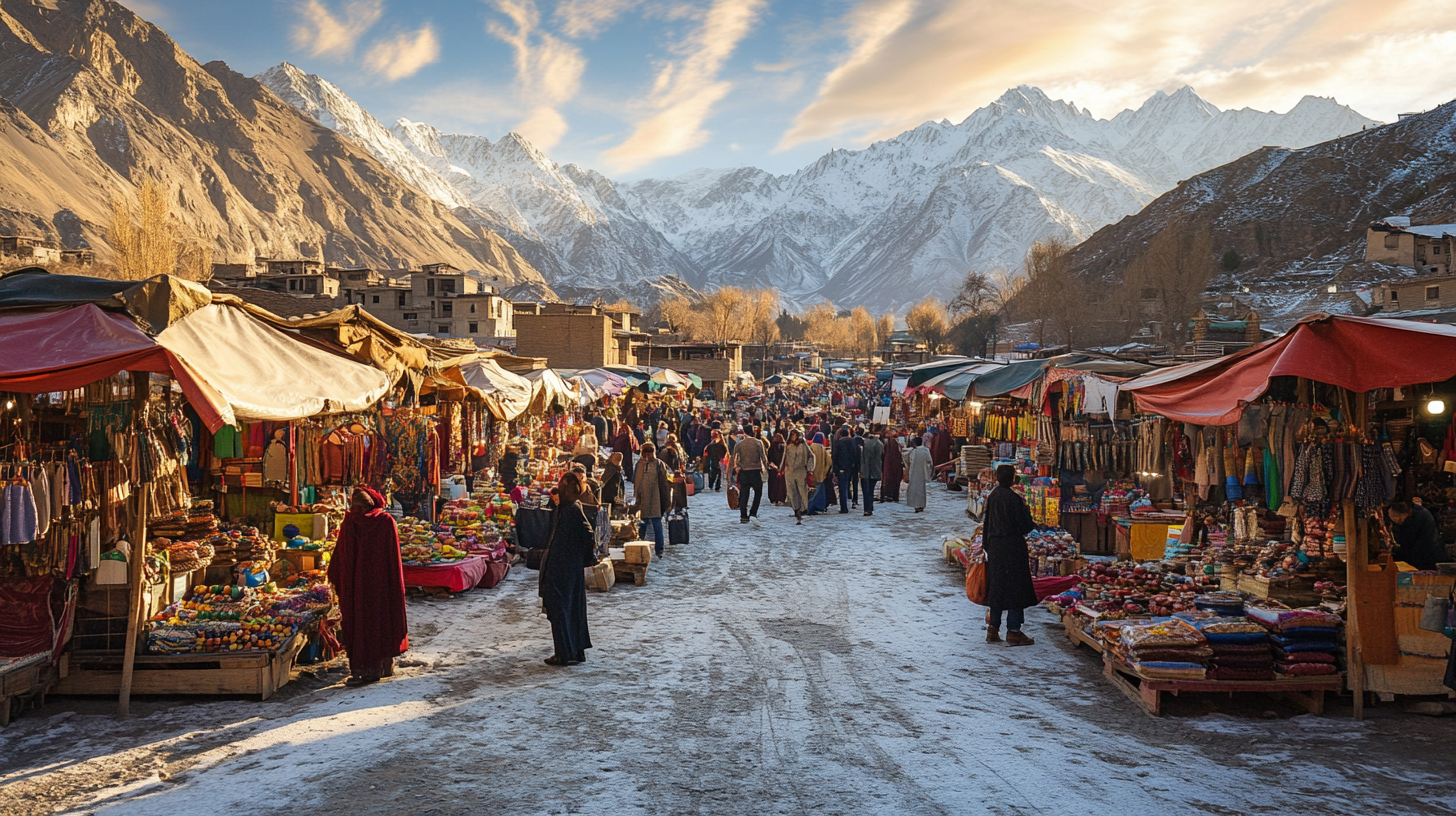Seasonal Travel Trends to Watch in 2025
The world of travel is evolving more rapidly than ever before, and as we approach 2025, several exciting trends are reshaping the way we explore our planet. From cutting-edge technological advancements that revolutionize trip planning to a renewed focus on sustainable and meaningful experiences, today’s travelers are seeking more than just a typical getaway—they’re longing for journeys that enrich their lives and leave a positive impact on the destinations they visit. In this comprehensive guide, we delve deep into the seasonal travel trends set to define 2025, offering insights and inspiration to help you plan unforgettable adventures that align with the latest developments in global exploration. Whether you’re an avid globetrotter or planning your first big trip, understanding these trends will empower you to make the most of your travels in the year ahead.
Embracing Technology: AI-Driven Travel Planning
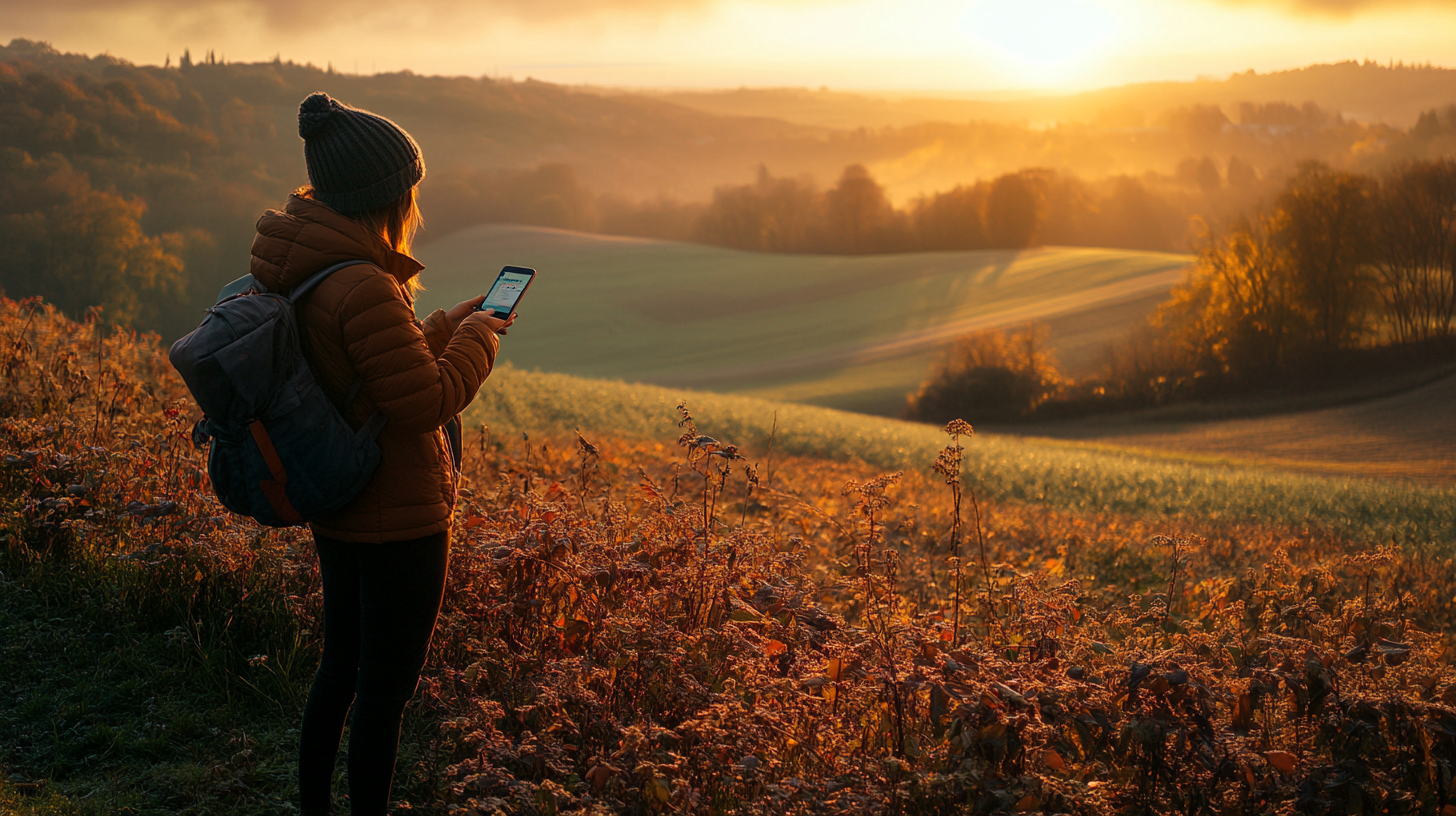
One of the most transformative trends in 2025 is the integration of generative AI into travel planning. Advanced AI tools are making trip curation more personalized and efficient than ever before. Imagine having an intelligent assistant that understands your unique preferences, suggesting not just the best flights and hotels, but also hidden gems off the beaten path that align with your interests. Travelers can leverage AI to create tailored itineraries that match their passions and budgets, streamlining the planning process and enhancing the overall travel experience. By analyzing vast amounts of data, these AI-driven platforms can predict travel trends, suggest optimal travel times, and even offer real-time updates on weather and local events. For more on how AI is revolutionizing travel, consider exploring How AI Transforms Personalized Travel Planning , which delves into the specifics of these technological advancements.
Additionally, biometric systems, such as facial recognition and fingerprint scanning, are set to enhance the travel experience by simplifying airport procedures and reducing wait times. No longer will travelers need to fumble with passports and boarding passes; biometric identification allows for seamless check-ins and security processes. These technological advancements not only make travel more accessible but also contribute to more sustainable practices by optimizing resource use and reducing the need for paper documentation. For those interested in the future of airport innovation, the article The Impact of Biometric Technology on Modern Travel offers an in-depth look at how these systems are being implemented worldwide.
Seeking Meaningful and Immersive Experiences
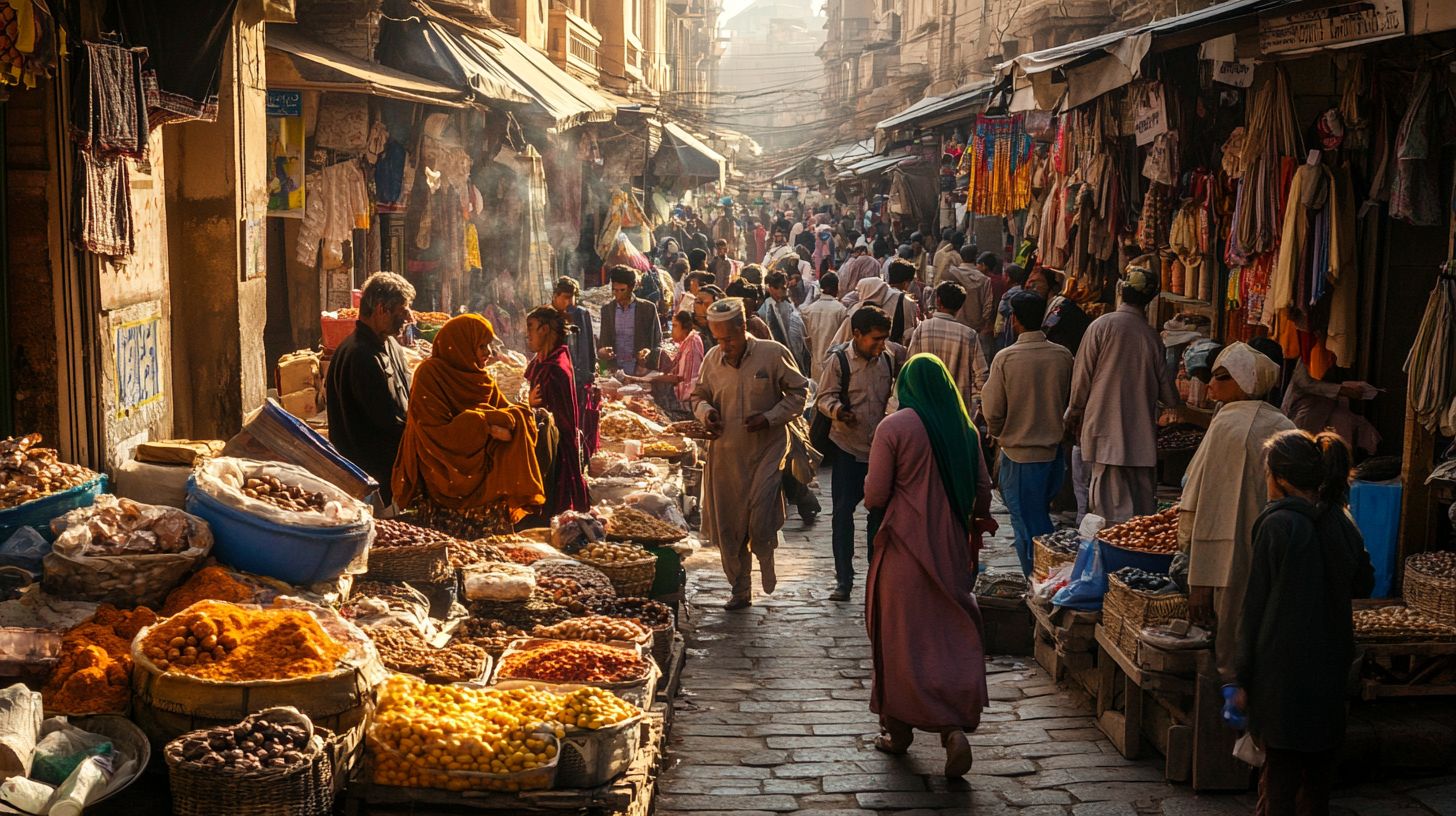
In the face of global uncertainty and the fast-paced nature of modern life, travelers are gravitating towards experiences that offer depth and authenticity. Rather than rushing through itineraries packed with tourist hotspots, people are seeking opportunities to slow down and fully immerse themselves in their surroundings. Trends such as calmcations—vacations focused on relaxation and tranquility—and soft travel, which emphasizes simplicity and mental well-being, are gaining popularity. Imagine spending your days in a secluded villa overlooking the tranquil waters of Santorini, where the most pressing decision is choosing between a sunrise yoga session or a leisurely stroll through a local vineyard. Destinations offering serene environments, like the picturesque suites of Santo Mine Oia in Santorini, are becoming coveted spots for those looking to disconnect and rejuvenate. To explore how travelers are finding solace in such experiences, consider reading The Rise of Calmcations and Mental Wellness Travel , which delves into the benefits and destinations perfect for this trend.
Sustainable and Eco-Conscious Travel
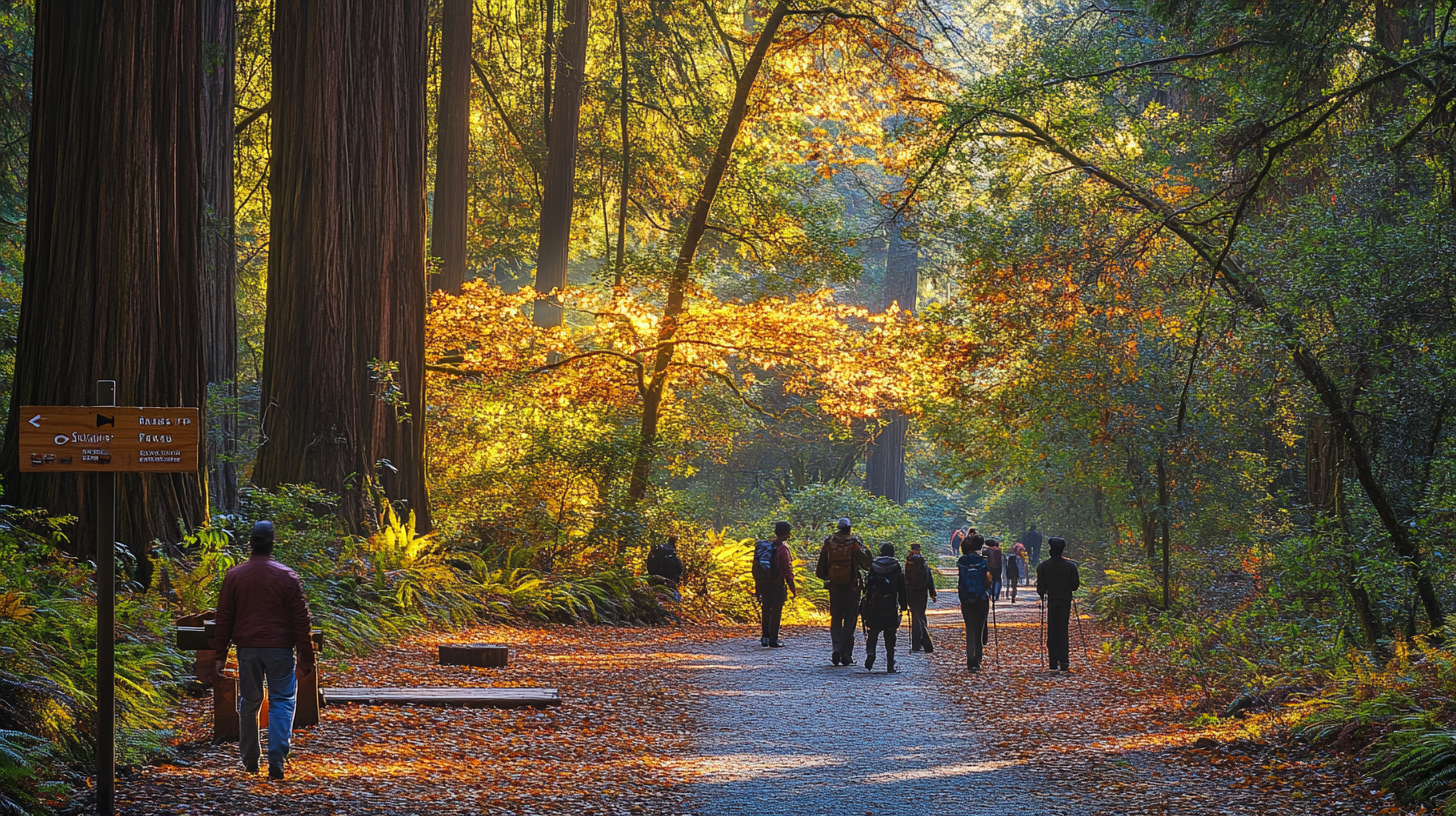
Environmental awareness is at the forefront of travel decisions in 2025, as more individuals recognize the impact their journeys have on the planet. With climate change influencing destination choices, travelers are favoring regions like Northern Europe for their milder summers and strong commitment to sustainability. Countries like Sweden and Denmark are renowned for their eco-friendly infrastructure and initiatives, making them attractive destinations for the environmentally conscious traveler. Destinations such as Costa Rica are leading the way in eco-friendly practices, with extensive conservation efforts and sustainable tourism models that protect biodiversity and empower local communities. By choosing eco-conscious travel options, tourists are not only enjoying unique experiences but also contributing to the preservation of the environment. For guidance on planning an eco-friendly journey, refer to A Guide to Sustainable Travel in 2025 , which provides practical tips and highlights destinations committed to environmental stewardship.
“Not Hot” Destinations and Off-Season Travel
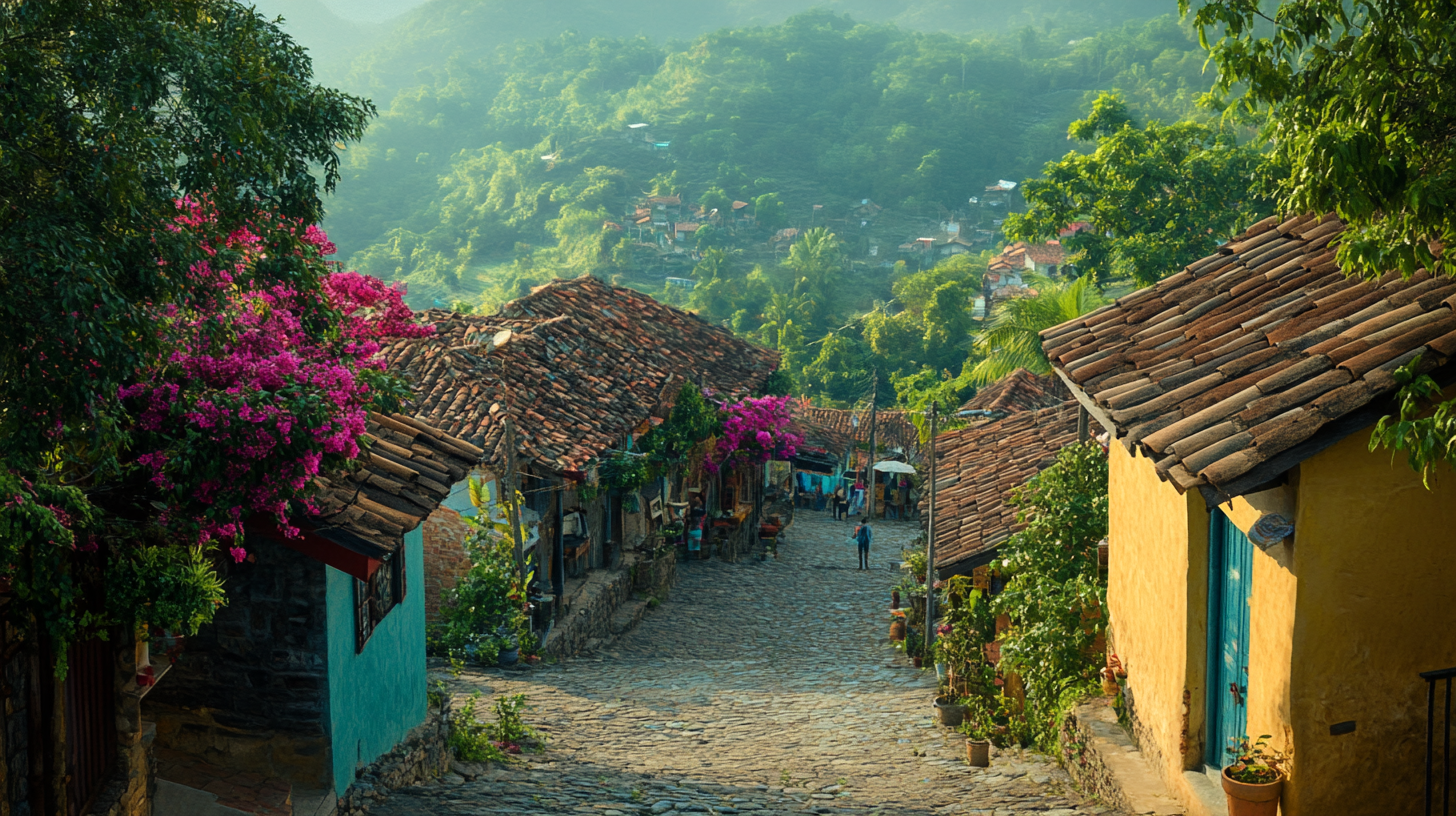
Avoiding overtourism and extreme weather conditions, many travelers are opting for “not hot” destinations—both in terms of temperature and popularity. Instead of flocking to the traditional tourist hubs during peak seasons, they’re exploring hidden gems that offer equally enriching experiences without the crowds. This shift not only offers a respite from crowded tourist spots but also supports sustainability efforts by distributing travel across different regions and seasons, thereby reducing the strain on overvisited areas. Off-season travel is becoming increasingly popular, driven by a desire for cost savings and a more authentic experience of local cultures. Picture wandering through the medieval streets of Prague in early spring, when the city is quiet and the locals are more accessible, or experiencing the serene beauty of the Japanese countryside during autumn, adorned with vibrant foliage. For insights into the benefits and planning strategies for off-season travel, see Embracing Off-Season Travel for Authentic Experiences , which explores how timing can transform your journey.
Solo Female Travel on the Rise
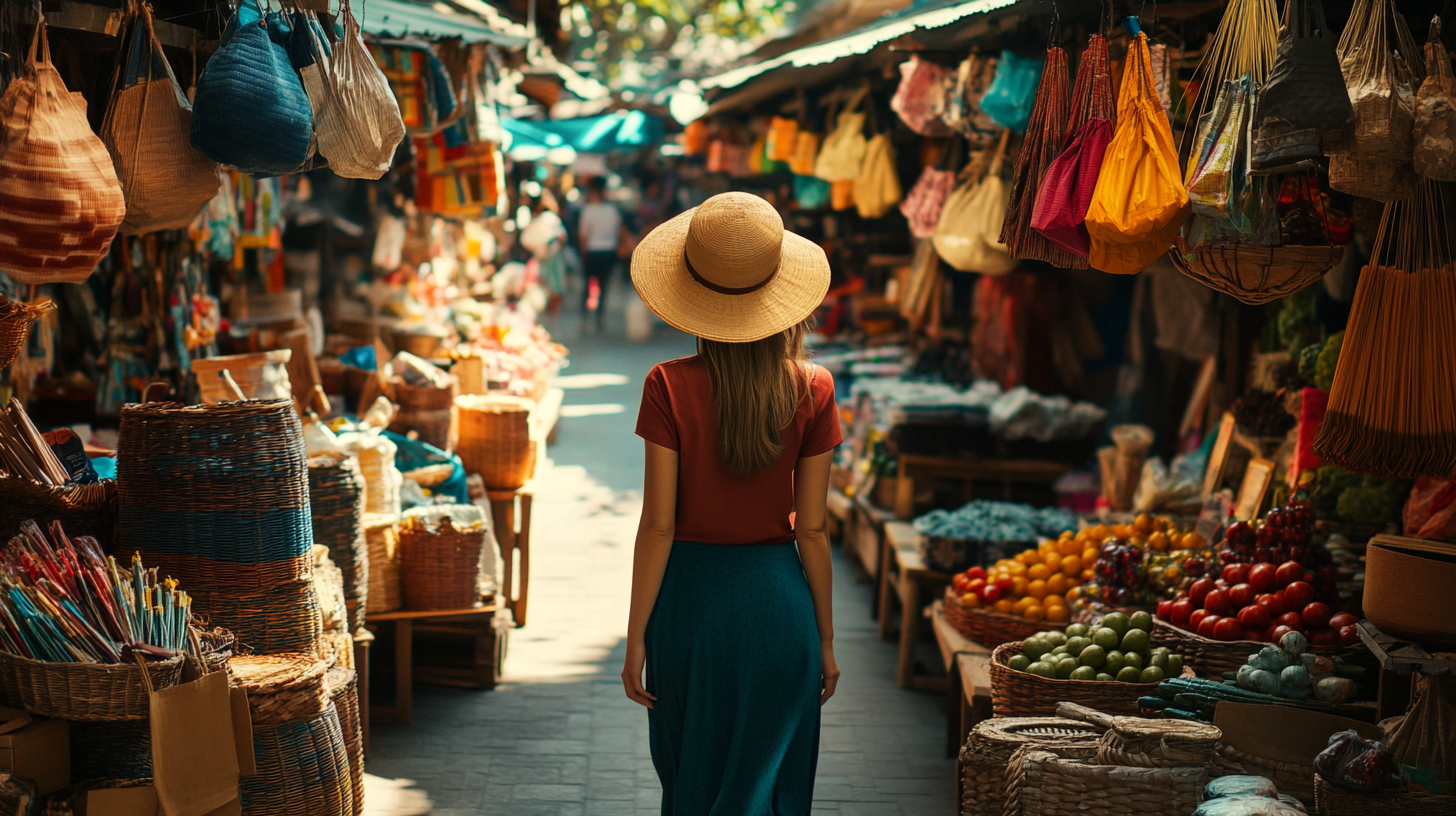
Solo travel continues to surge, particularly among women, marking a significant shift in the travel landscape. Reports indicate that women make up 80% of solo travelers, seeking meaningful and empowering experiences that foster independence and personal growth. This trend reflects a growing desire for self-discovery and connection with diverse cultures, unencumbered by the preferences of travel companions. From exploring the bustling markets of Marrakech to trekking solo through the serene landscapes of New Zealand, women are embracing the freedom and empowerment that solo travel offers. Travel providers are responding by offering tailored experiences that prioritize safety, community, and enrichment, such as women-only tours and accommodations with enhanced security features. For an inspiring account of this trend, read Empowering Journeys: The Rise of Solo Female Travel , which highlights stories and tips from women who have embarked on solo adventures around the world.
Wellness and Mental Health-Focused Journeys

The importance of mental well-being is profoundly influencing travel choices in 2025, with many individuals opting for trips that promote relaxation, self-care, and holistic health. Trends like wellness through solitude and JOMO (Joy of Missing Out) travel encourage travelers to disconnect from the digital world, reducing stress and fostering deeper connections with oneself and the natural environment. Imagine retreating to a secluded mountainside cabin, where daily activities include mindful meditation, nature walks, and nourishing meals made from locally sourced ingredients. Locations that offer natural beauty and tranquility—such as the serene fjords of Norway or the thermal springs of Iceland—are in high demand, aligning with the rising interest in wellness tourism. For guidance on planning a trip centered around mental well-being, consider The Ultimate Guide to Wellness Travel Destinations , which highlights the best retreats and practices for rejuvenation.
Digital Detox and Tech-Free Escapes
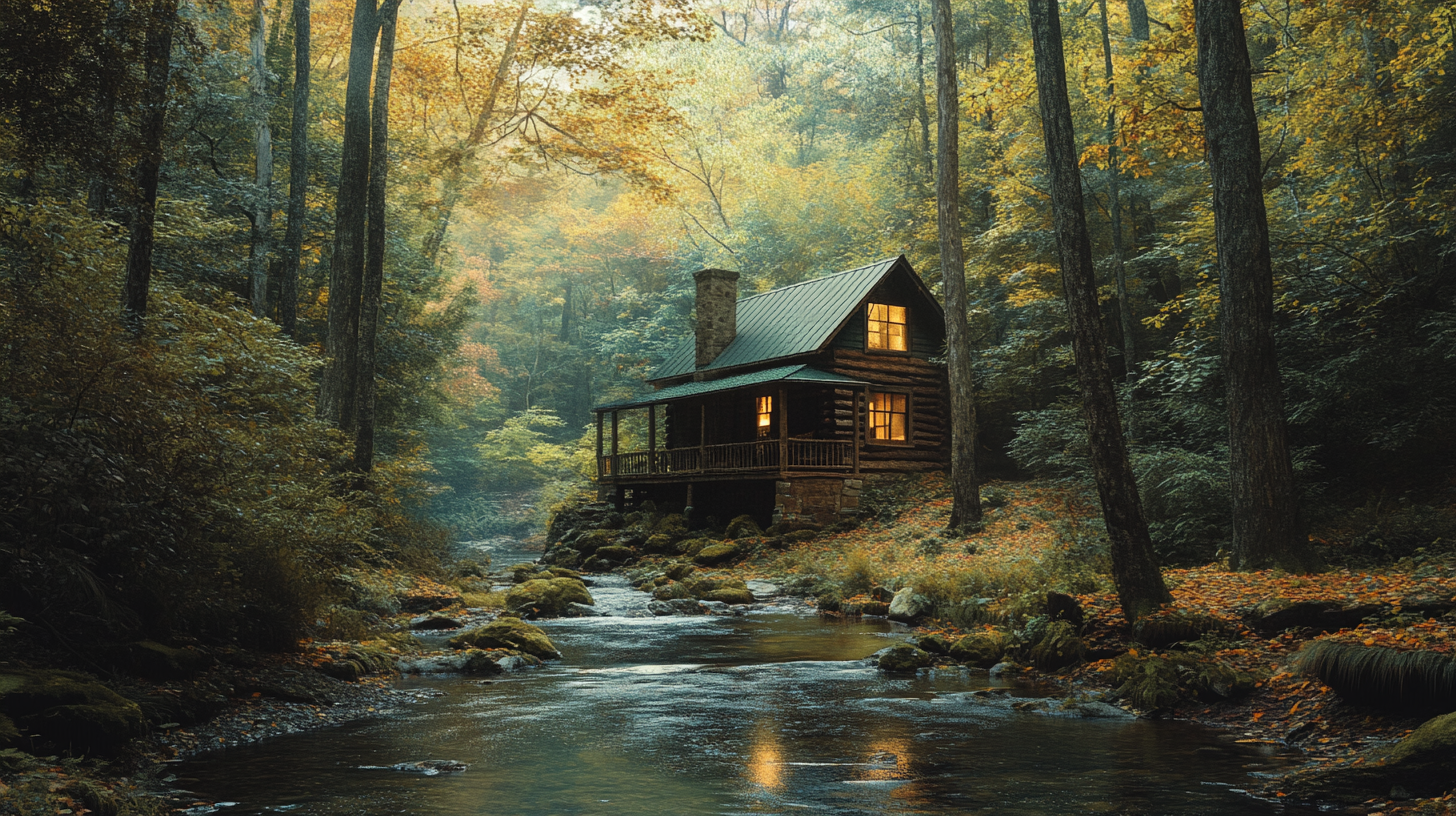
As digital burnout becomes a common concern in our increasingly connected world, travelers are seeking escapes that allow them to unplug and recharge. The constant barrage of notifications, emails, and social media can lead to stress and a feeling of being overwhelmed. The interest in real-life encounters and tech-free vacations is growing, offering a much-needed counterbalance to our always-connected society. Whether it’s a week-long retreat in a rustic cabin without Wi-Fi or a guided trek through remote landscapes where cell service is non-existent, these experiences provide an opportunity to engage fully with one’s surroundings and enjoy meaningful interactions without the distractions of technology. For those interested in the benefits of disconnecting, Embracing Digital Detox in Travel explores how tech-free vacations can enhance mental health and enrich your travel experience.
Astrocartography and Unconventional Guides
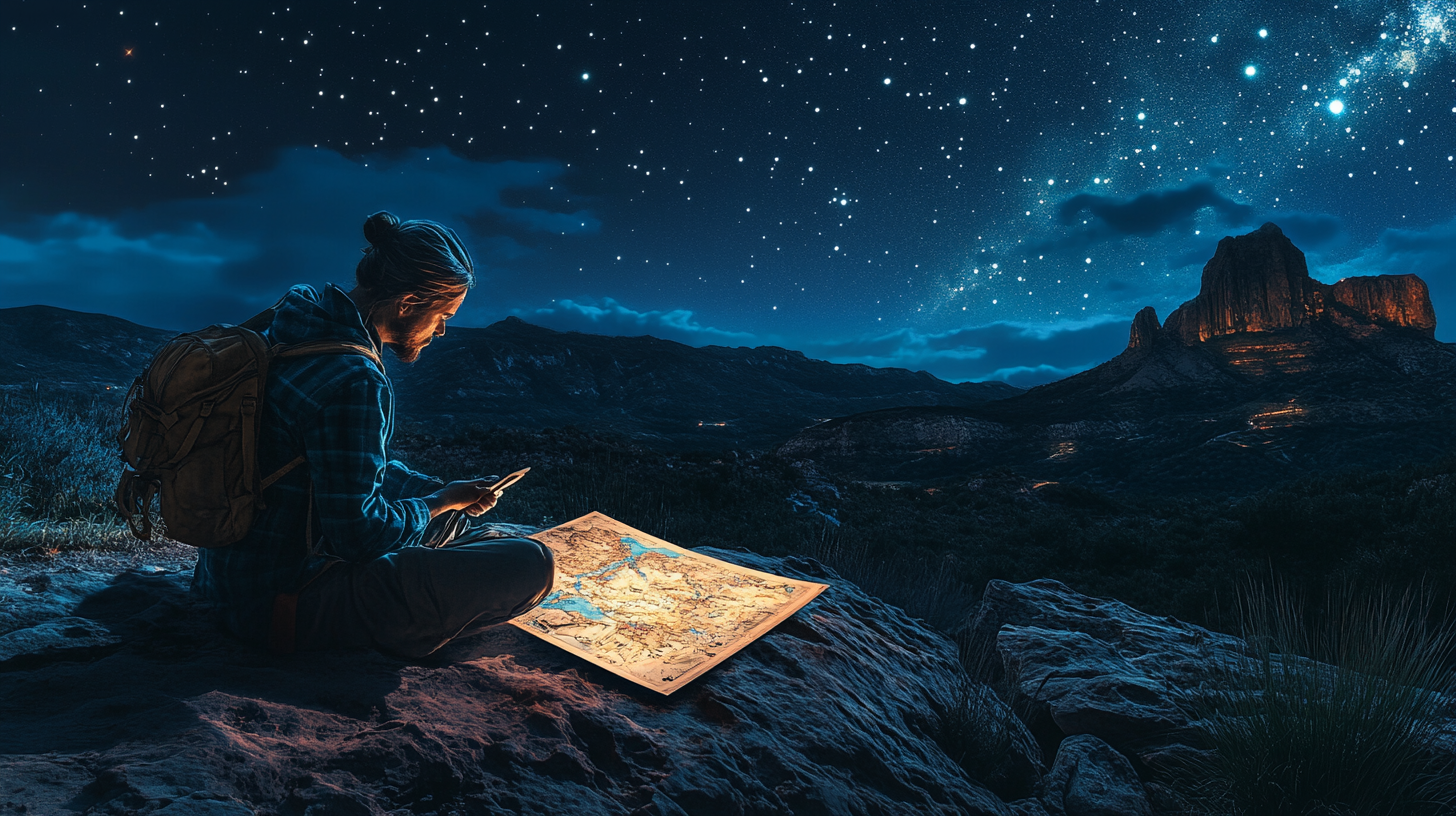
An intriguing trend for 2025 is the rise of astrocartography, the practice of using one’s astrological birth chart to guide travel destinations. This unconventional approach is becoming increasingly mainstream, as travelers seek locations that align with their personal astrological profiles and cosmic energies. For example, a Leo might be drawn to vibrant and sun-soaked destinations like Spain or Brazil, while a Pisces might find solace near the ocean in places like Bali or the Maldives. This trend reflects a broader interest in personalized and spiritually meaningful experiences, where travel is not just about physical destinations but also about inner journeys and self-discovery. Those curious about how the stars can influence their travel plans might find Exploring the World Through Astrocartography an insightful resource, offering guidance on how to align travel with astrological insights.
Culinary Tourism and Local Experiences

Food continues to be a significant driver of travel decisions, with 2025 seeing a surge in culinary tourism that goes beyond sampling local dishes in restaurants. There’s a focus on exploring unique culinary landscapes, often in lesser-known wine regions and emerging culinary hotspots that offer authentic and intimate experiences. Travelers are keen on participating in local food festivals, joining cooking classes taught by local chefs, and engaging in farm-to-table dining experiences that offer a true taste of the region’s culture and traditions. Imagine harvesting grapes in a boutique vineyard in Slovenia or learning to prepare traditional tagine in a Moroccan village. These immersive experiences allow travelers to connect with the local community and understand the stories behind the food. For a deeper dive into this trend, Discovering Hidden Culinary Gems Around the World highlights destinations where gastronomy and culture intertwine to create unforgettable journeys.
Book-Inspired and Cultural Tourism
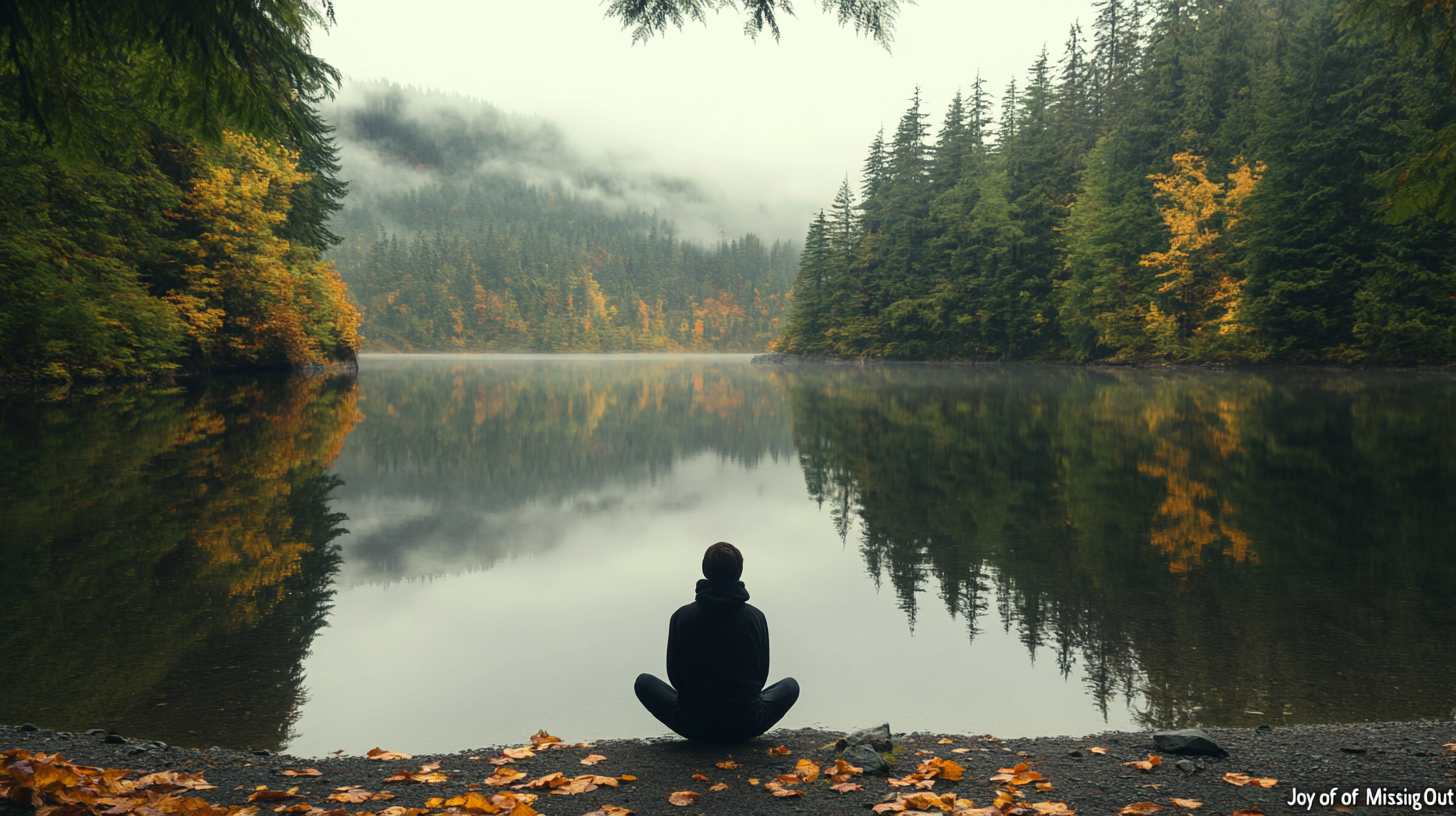
Literature is increasingly influencing travel choices, with trends like BookTok—a community of book lovers on TikTok—sparking interest in book-themed tourism. Fans are embarking on pilgrimages to the settings of their favorite novels, exploring the cobblestone streets of Edinburgh from “Outlander” or the magical alleys of Oxford inspired by “His Dark Materials.” Literature-themed trips and attendance at international book festivals, such as the Jaipur Literature Festival or the Hay Festival in Wales, are gaining traction, offering immersive experiences that combine travel with a love for reading. Additionally, there’s a shift towards celebrating women’s history in cultural travel, highlighting female influences and stories often overlooked in mainstream tourism narratives. Travelers are exploring sites significant to women’s achievements, such as the homes of famous female authors or landmarks of women’s suffrage movements. For those interested in combining literary passion with travel, Literary Travel: Exploring Destinations Through Books provides inspiration and guides to planning such journeys.
Luxury Train Journeys and Unique Accommodations

Rail travel is experiencing a delightful resurgence in 2025, with luxury trains like the Eastern and Oriental Express in Southeast Asia and the soon-to-launch Maya Train in Mexico offering new and enchanting services. These journeys provide an opulent and leisurely way to explore destinations, where the journey is as much a part of the experience as the places visited. Imagine sipping fine wine in an elegant dining car as you glide past lush landscapes and historic sites, with each stop unveiling a new adventure. For aficionados of slow travel and nostalgia, luxury train journeys are the epitome of romantic exploration.
Unique accommodations also remain popular, with travelers seeking stays that are experiences in themselves. From sleeping among the treetops in a luxurious treehouse resort to gazing at the stars from an open-air safari “star bed” in the African savannah, these accommodations provide comfort while immersing guests in wild or unconventional settings. Some even opt for quirky experiences like temporarily running a quaint bookshop in Scotland or staying in an ice hotel in Sweden. These unique lodgings enhance the allure of the trip, turning where you stay into a memorable part of your travel story. For a curated list of such accommodations, Extraordinary Places to Stay for an Unforgettable Trip offers inspiration for those looking to elevate their lodging experience.
“Joy of Missing Out” (JOMO) and Soft Travel
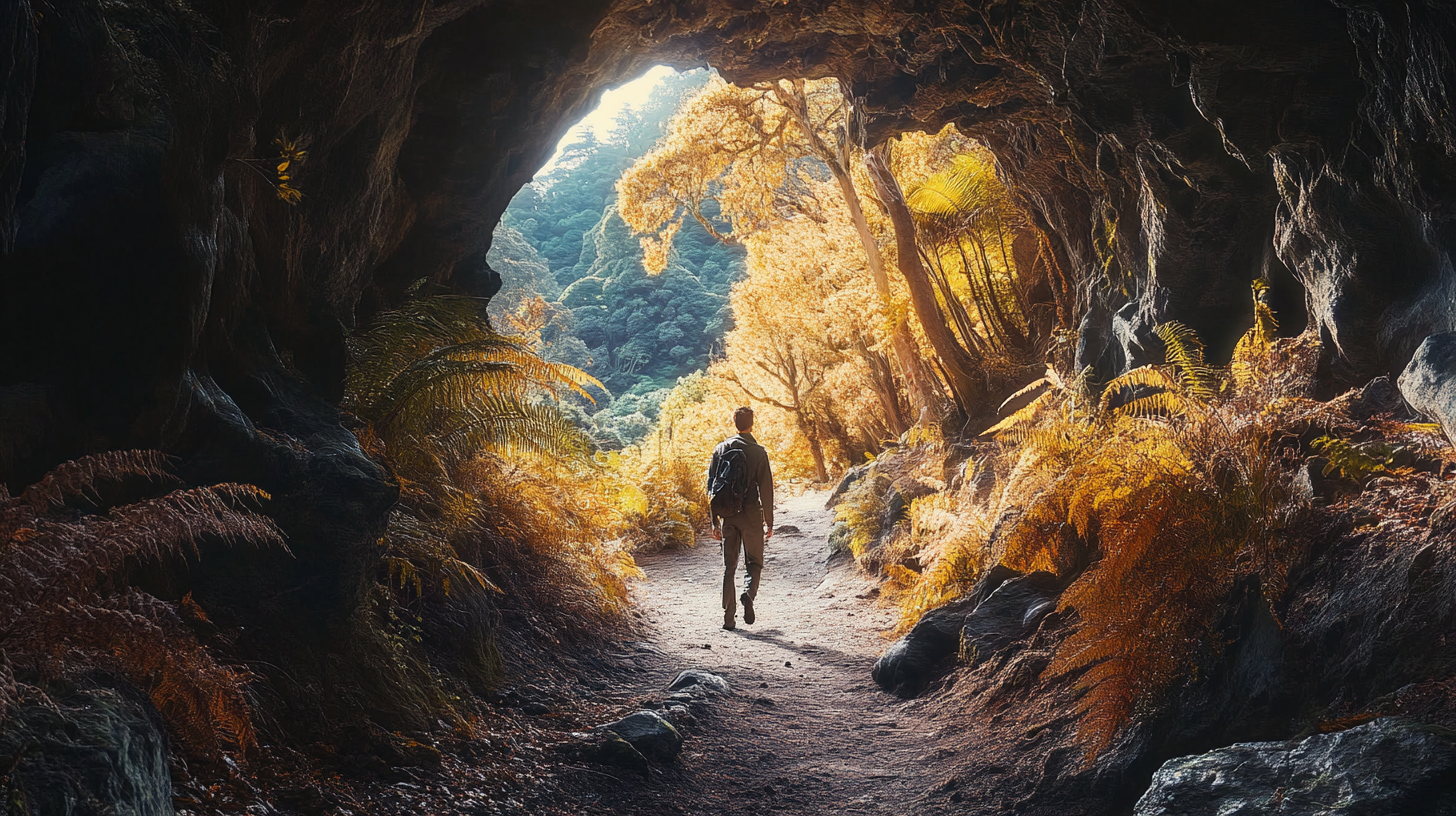
Reflecting a collective desire for simplicity and mental wellness, soft travel is gaining traction among those who wish to prioritize ease and personal well-being over the traditional, sometimes hectic, goals of tourism. Rather than cramming itineraries with must-see landmarks and activities, soft travelers embrace the art of slow living, taking time to savor each moment, whether it’s enjoying a leisurely breakfast at a local café or spending hours reading by the sea. This trend aligns with the concept of JOMO travel—the “Joy of Missing Out”—where individuals find happiness in deliberately opting out of the hustle and bustle. Instead of fearing they are missing out on experiences, they revel in the peace and restfulness that comes from fewer obligations. This approach to travel allows for more meaningful engagement with the destination and oneself. For those interested in adopting this travel philosophy, Embracing JOMO: A Guide to Mindful Travel offers strategies and insights into making your next trip truly restorative.
Intentionalism and Ethnimpact: Travel with Purpose

Travelers are increasingly seeking trips that offer authentic cultural exchanges and the opportunity to make a positive impact on the places they visit. Concepts like intentionalism and ethnimpact are at the forefront of this movement, emphasizing immersive and sustainable experiences that benefit both the traveler and the local community. Rather than being passive observers, travelers are becoming active participants in the cultures they encounter, engaging in volunteer work, supporting local businesses, and learning from indigenous practices. This approach encourages slow travel and personalized journeys that foster meaningful connections and a deeper understanding of the world. For example, participating in community-based tourism projects or staying with local families can enrich the travel experience significantly. To explore how to travel more purposefully, Principles of Intentional and Ethnimpact Travel provides guidance on planning trips that are both fulfilling and responsible.
Detour Destinations and Frontier Tourism

In response to overtourism and the desire for more authentic experiences, there’s a growing interest in detour destinations—lesser-known spots that offer rich cultural and historical experiences without the crowds. Cities like Reims in France, known for its champagne houses and gothic cathedral, Brescia in Italy, with its Roman ruins and vibrant art scene, and Girona in Spain, with its medieval architecture and scenic riverfront, are gaining attention as day trips or alternatives to major tourist hubs. These destinations allow travelers to discover hidden gems and engage more deeply with local cultures.
Similarly, frontier tourism is on the rise, focusing on nature and the exploration of emerging markets in regions like India and Southeast Asia. Adventurous travelers are trekking into the untouched landscapes of Northeast India or exploring the unexplored islands of the Philippines. This trend is reshaping global travel patterns, encouraging sustainable practices, and providing economic opportunities for regions that are off the traditional tourist map. For more on how to find and appreciate these off-the-beaten-path locales, Exploring Detour Destinations and Frontier Tourism offers insights and suggestions for planning such trips.
Subscription-Based Models and Luxury Extras
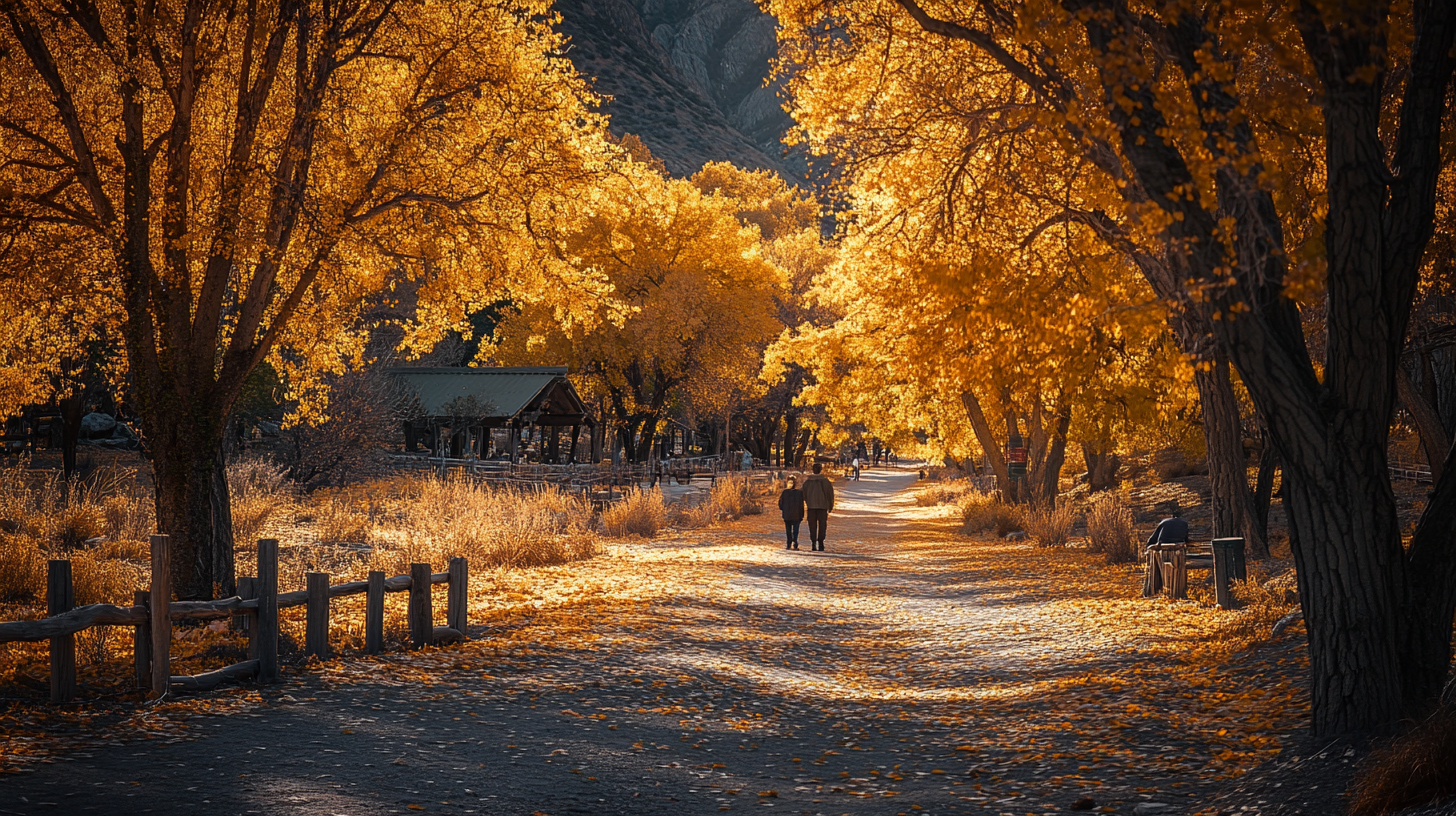
The travel industry is innovating with subscription models in hotels and accommodations, transforming the way travelers experience hospitality. By subscribing to certain hotel chains or networks, guests can enjoy exclusive perks, personalized services, and consistent quality across different destinations. These models often include benefits such as room upgrades, complimentary amenities, and access to members-only events or spaces. Luxury extras are also increasingly in demand, catering to affluent travelers seeking unique and high-end experiences that go beyond standard offerings. Whether it’s a private dinner prepared by a renowned chef, a bespoke tour of a city’s hidden treasures, or access to exclusive cultural events, these services reflect a desire for exclusivity and tailored experiences that enhance the overall travel journey. For a look at how these models are shaping the future of travel, The Rise of Subscription-Based Travel Services provides an in-depth analysis of their benefits and offerings.
Emerging Destinations to Watch
Several regions are set to become hotspots in 2025:
- Northern Europe: Favored for milder climates and sustainability efforts, countries like Norway, Sweden, and Finland offer stunning natural landscapes—from the Northern Lights to breathtaking fjords—along with progressive eco-friendly initiatives.
- Eastern Europe: Offers cultural richness and emerging culinary scenes, with cities like Krakow, Budapest, and Riga boasting historical architecture, vibrant arts, and innovative gastronomy that blend tradition with modern flair.
- Japan: Blending tradition with innovation, attracting a wide range of travelers. From the timeless beauty of Kyoto’s temples to the futuristic skyline of Tokyo, Japan offers a unique juxtaposition of the old and new.
- South America: Diverse ecosystems and vibrant cultures are drawing explorers to destinations like Peru’s Machu Picchu, Colombia’s bustling cities, and Argentina’s Patagonia region, offering adventures from rainforest treks to cultural festivals.
- Africa: Increasingly accessible with opportunities for unique wildlife and cultural experiences. Countries like Namibia, Kenya, and Rwanda provide safaris, conservation tourism, and connections with ancient traditions and communities.
For detailed insights on these up-and-coming destinations, Top Emerging Travel Destinations for 2025 offers comprehensive information on what each region has to offer.
Final Thoughts
The travel landscape of 2025 is dynamic and diverse, shaped by technological advancements, a yearning for meaningful experiences, and a commitment to sustainability. Whether it’s embracing AI-driven itineraries that tailor your trip to your dreams, seeking solace in the untouched corners of nature, or exploring new cultural horizons that broaden your perspective, travelers have a wealth of options to make their journeys both enriching and impactful.
Follow us back to milesBUZZ for more insights and inspiration. As you plan your next adventure, consider these emerging trends and how they resonate with your travel aspirations. The world awaits with open arms and endless possibilities for those ready to explore thoughtfully and intentionally. For further reading and resources to help you on your journey, Comprehensive Travel Planning Resources for 2025 offers a compilation of tools and guides to assist you in making the most of your travels.

